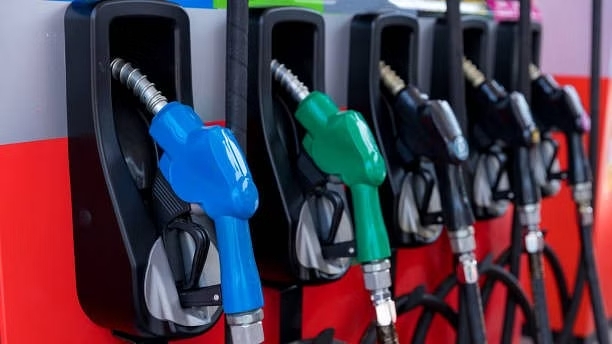
Moody’s Investors Service has stated that despite rising raw material costs in the form of increasing international oil prices, petrol and diesel prices in India are unlikely to be raised due to the upcoming general elections next year. The freeze on petrol and diesel prices has been in place for a record 18 months by three state-owned fuel retailers, namely Indian Oil Corporation (IOC), Bharat Petroleum Corporation Ltd (BPCL), and Hindustan Petroleum Corporation Ltd (HPCL), which collectively control approximately 90% of the market.
Despite a surge in crude oil costs last year that led to substantial losses in the first half of the 2022-23 fiscal year, these companies managed to return to profitability as oil prices eased. However, the recent firming up of international oil prices since August has resulted in negative margins for the three retailers once again.
Moody’s report explained that the profitability of these state-owned oil marketing companies (OMCs) will be weakened due to high crude oil prices, but they will have limited flexibility to pass on these increased raw material costs to consumers through higher retail petrol and diesel prices this fiscal year. This is primarily due to the upcoming general elections scheduled for May 2024.
The report also noted that the OMCs’ marketing margins, which represent the difference between their net realized prices and international prices, have significantly weakened compared to the high levels seen in the first quarter of fiscal year 2024. Marketing margins for diesel have turned negative since August, while margins for petrol have considerably narrowed as international prices rose.
Despite the recent surge in crude oil prices to over $90 per barrel in September, up from an average of $78 per barrel in the first quarter of fiscal year 2024, Moody’s expects that high oil prices are unlikely to be sustained for an extended period as global economic growth weakens. It attributed the recent rise in oil prices to production cuts by the Organization of the Petroleum Exporting Countries (OPEC) and extended export cuts by Russia.
While a smaller gap between international and domestic prices may reduce marketing losses for the OMCs, their overall profitability is expected to remain weak as retail petrol and diesel prices are likely to remain unchanged.
The report also mentioned that the OMCs’ gross refining margins (GRMs) have increased since June, partly due to continued growth in liquid fuel consumption in the region and planned refinery outages that constrained petroleum product supply. However, Moody’s expects GRMs and international prices of transportation fuels to moderate in the coming quarters as concerns about China’s economic slowdown dampen demand, and refineries return to production after scheduled maintenance.
The ratings agency pointed out that strong marketing margins for petrol and diesel drove robust operating performance in the first quarter of fiscal year 2024. Despite declining feedstock costs, the OMCs’ net realized prices for diesel and petrol have remained largely unchanged since April 2022. Brent crude prices declined from $112 per barrel in the first quarter of fiscal year 2023 to $78 per barrel in the first quarter of fiscal year 2024.
Among the three OMCs, Indian Oil Corporation (IOCL) and Bharat Petroleum Corporation Ltd (BPCL) are better positioned to withstand further increases in crude oil prices compared to Hindustan Petroleum Corporation Ltd (HPCL). This difference in capacity to absorb higher feedstock costs is due to variations in their business profiles. IOCL and BPCL have larger-scale operations and greater integration between their refining and marketing segments, providing them with the flexibility to cope with adverse changes in the operating environment. Additionally, IOCL’s presence in petrochemicals and pipelines reflects its diversified business.
While the OMCs are expected to witness a weakening of operating performance over the next 12 months as oil prices remain elevated, their fiscal year 2024 earnings are predicted to remain strong, even if crude oil prices hover around $85 to $90 per barrel in the second half of fiscal year 2024. This strength is attributed to the exceptionally strong earnings reported in the first quarter of fiscal year 2024.
Moody’s also mentioned that the Indian government’s capital support of ₹30,000 crore for the oil marketing sector, as announced in the budget, will enhance cash flows for the OMCs and partially cover their capital spending needs. IOCL and BPCL have already announced rights issues to the government, although Moody’s has not factored in the timing and amount of these proceeds into its projections, as they remain uncertain at this time.
![]()




